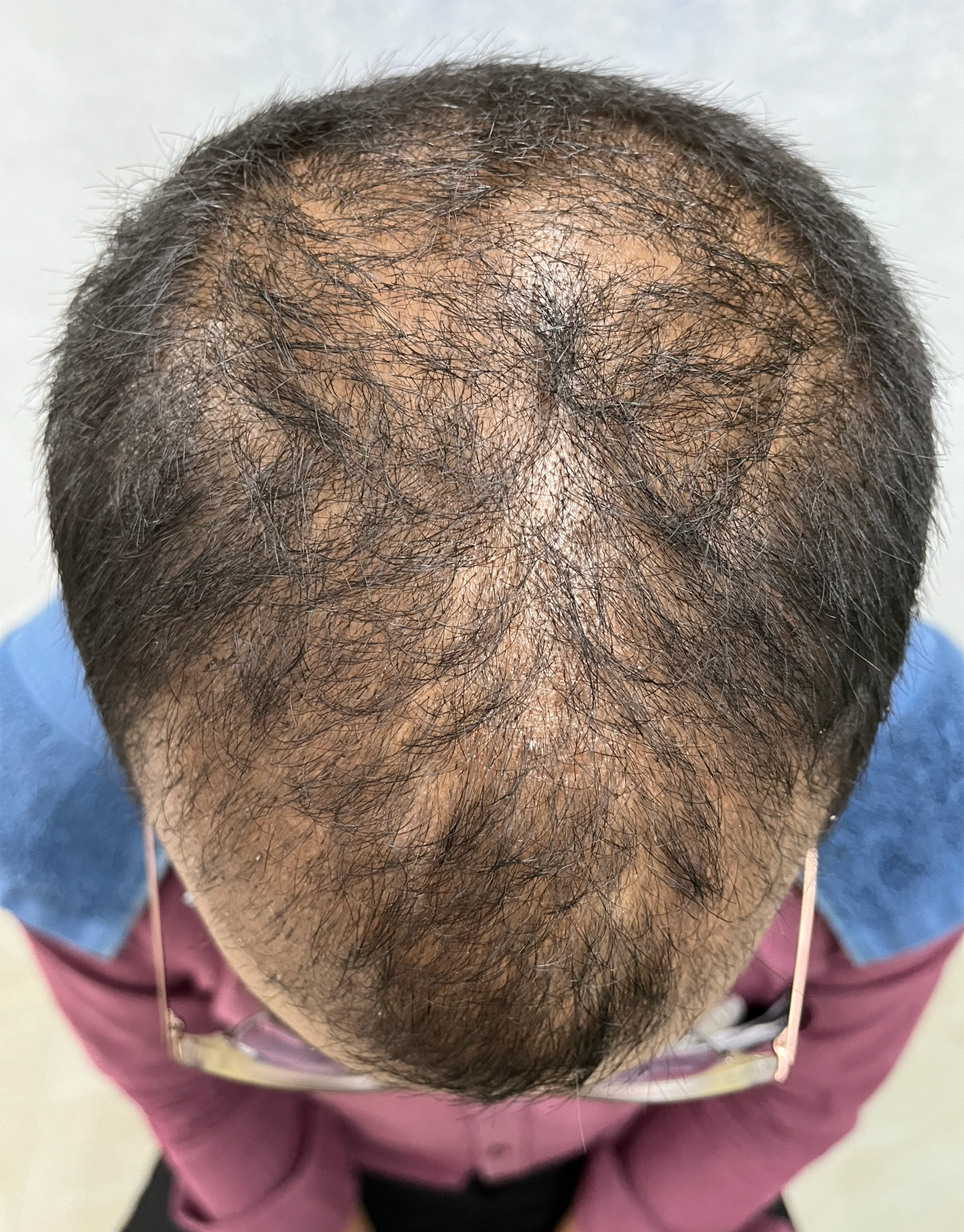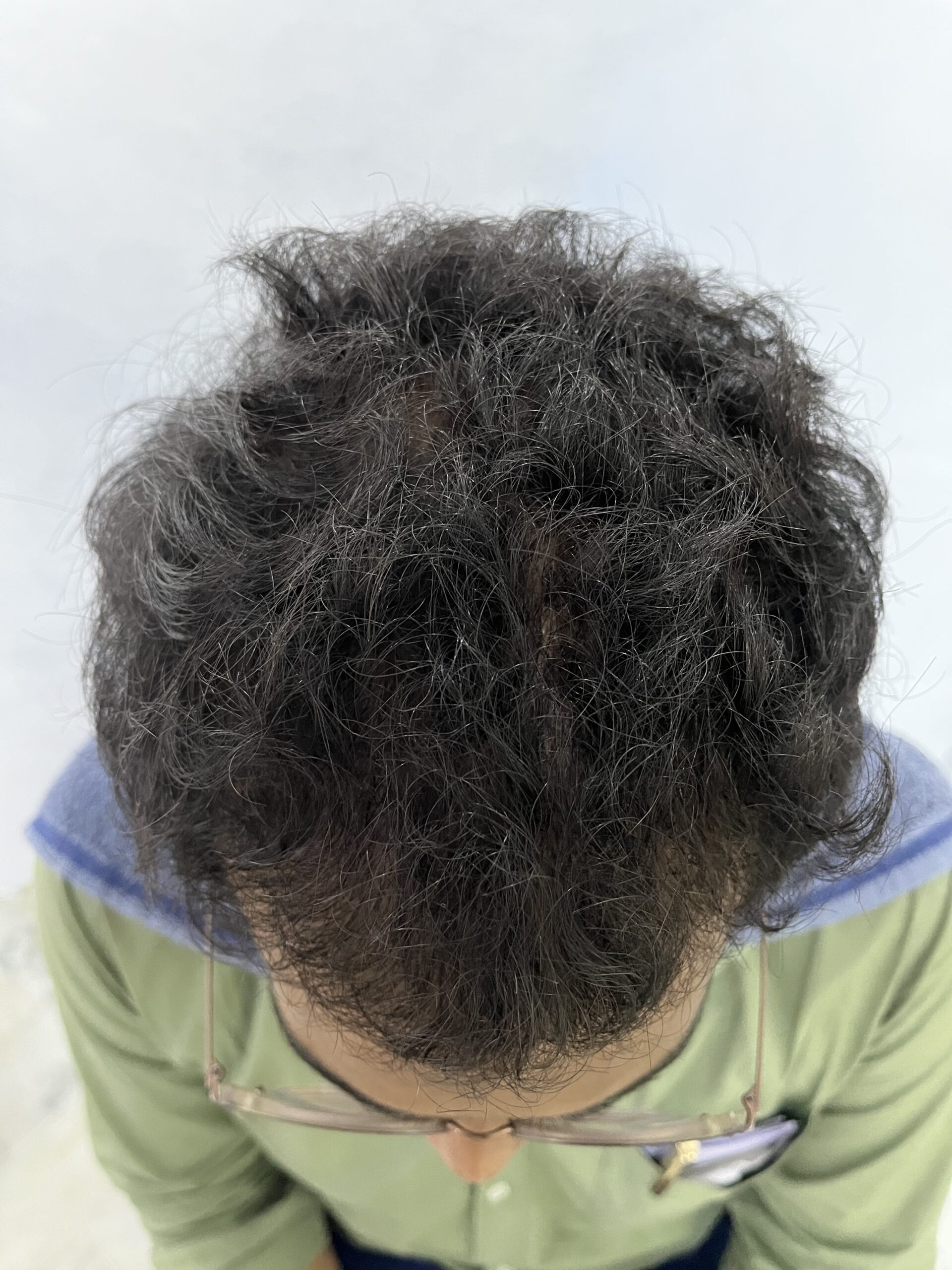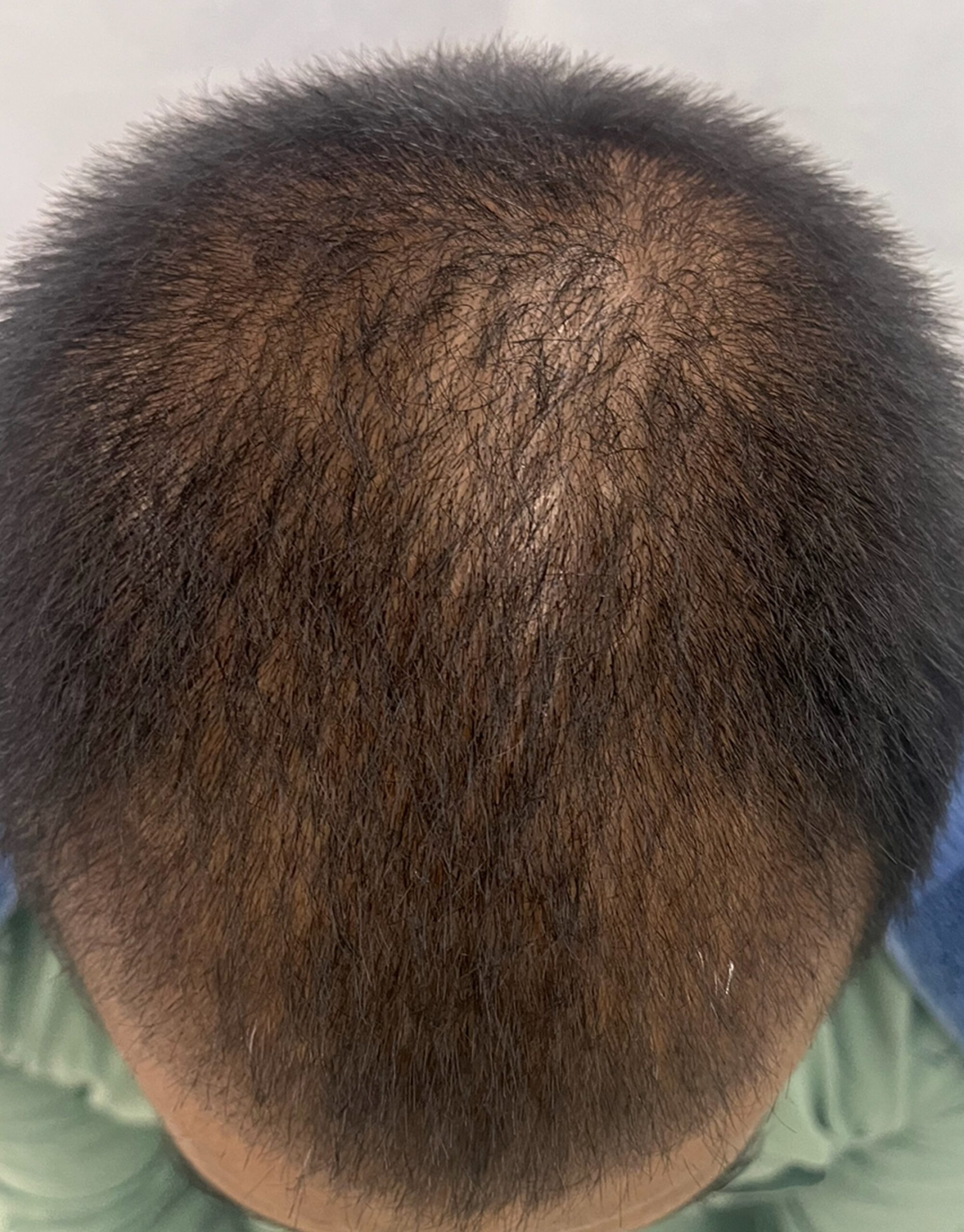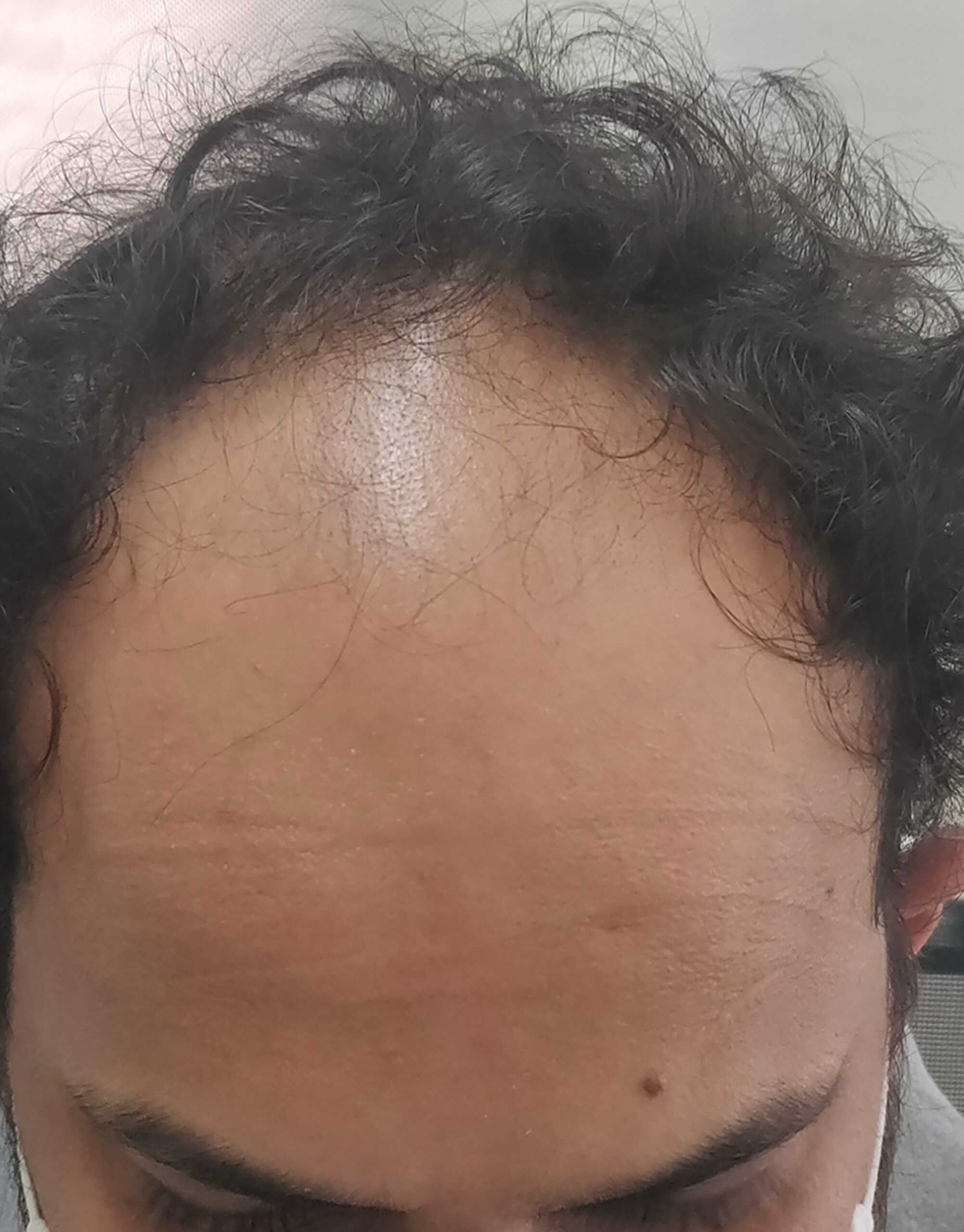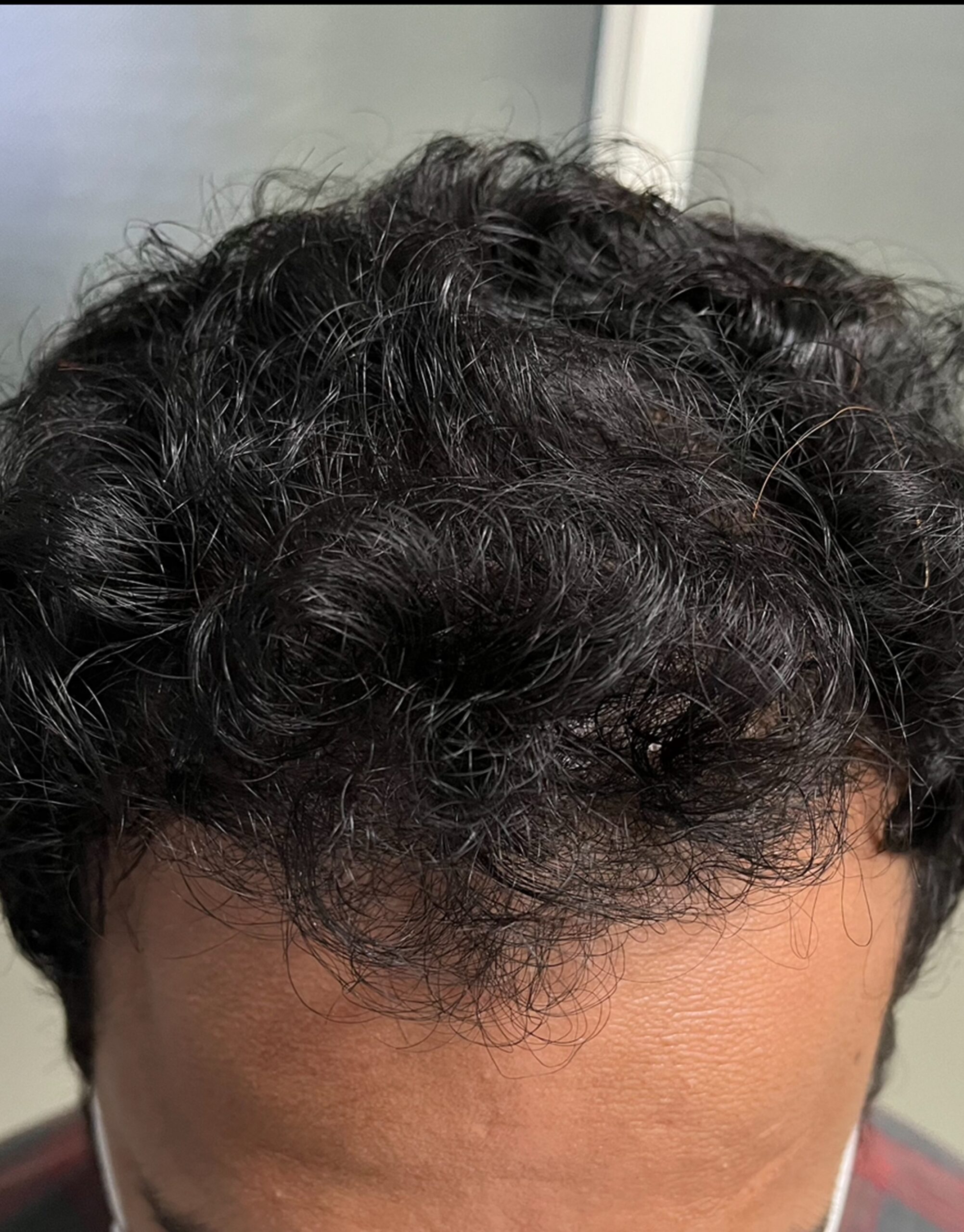Alopecia
Introduction
Alopecia is a medical word for baldness or hair loss. It can happen anywhere on the body, including the face, scalp, and other hair-covered regions. There are numerous kinds of alopecia, and each type has its own unique causes, signs, and treatments. Several prevalent forms of alopecia include:
- Androgenetic alopecia: This hereditary condition causes progressive hair loss from the scalp and affects both males and women.
- Alopecia Areata: This autoimmune disease results in sporadic hair loss on the head, face, or other parts of the body.
- Telogen Effluvium: This transient form of alopecia is typically brought on by stress, hormonal changes, and certain medicines. Instead of patchy hair loss, it causes widespread hair thinning.
- Traction Alopecia: This condition is brought on by hair pulling or strain over time, frequently as a result of tight hairstyles like braids and ponytails.
- Alopecia Totalis/Universalis: These uncommon, extreme alopecias cause total hair loss on the scalp or the entire body.

Pathophysiology
The pathophysiology of Alopecia can vary depending on the specific type of hair loss. However, in general, hair loss occurs when there is a disruption in the hair growth cycle, which consists of three phases:
- Anagen period: This is the hair follicle’s active growth phase, when the hair shaft develops.
- Catagen phase: During this transitional stage, the blood flow to the hair follicles is severed, and the hair follicles contract.
- Telogen phase: During this resting phase, the hair cell is dormant for a while before the hair shaft sheds and the cycle restarts.
A dermatologist or healthcare professional will typically diagnose alopecia following a physical exam and study of the patient’s medical history.
- Medical background: Your doctor may inquire about any recent illnesses or stressful situations, hair care routines, medications you are taking, and a family history of hair loss.
- Physical examination: The doctor will check for any hair loss or inflammation patterns while examining your scalp and hair.
- Blood tests: Blood tests may occasionally be prescribed to look for underlying medical conditions like thyroid illness or autoimmune disorders that can result in hair loss.
- Scalp biopsy: In highly unusual circumstances, a tiny sample of scalp skin may be taken for microscopic examination to help corroborate the diagnosis and rule out other conditions.

Signs and Symptoms
Alopecia is a disease that results in hair loss on the scalp and other bodily parts. Alopecia comes in a variety of forms, and each sort has a unique set of symptoms. Here are some typical signs of various alopecias:
- Alopecia areata: Alopecia areata is a form of alopecia that usually results in patchy hair loss on the scalp, but it can also affect the eyebrows, beard, and other parts of the body.
- Androgenetic alopecia: A genetic hair loss condition that impacts both males and women. In women, it typically results in scalp thinning throughout, while in males it frequently begins with a receding hairline and thinning at the crown of the head.
- Traction alopecia: Repeatedly pulling the hair into tight hairstyles, such as braids or ponytails, results in this form of hair loss.
- Telogen effluvium: A disturbance to the hair growth cycle, such as a serious illness, surgery, or childbirth, causes this form of hair loss, which is frequently transient.
- Scarring alopecia: This uncommon alopecia has the potential to cause irreversible hair loss. Scarring, inflammation, and scaling of the head are frequently present as well.
If you are experiencing hair loss or thinning, it is important to see a healthcare provider or dermatologist for an accurate diagnosis and appropriate treatment.
How do Dermatologists treat Alopecia?
The treatment for alopecia depends on the type and severity of the condition. Here are some common treatments that dermatologists may recommend:
- Corticosteroids: These drugs can be injected or applied topically to the scalp to help decrease swelling and encourage hair growth.
- Minoxidil: To encourage hair development, this over-the-counter medication can be applied topically to the scalp.
- Anthralin: This drug can be rubbed onto the scalp to encourage hair growth and lessen inflammation.
- Immunotherapy: In this procedure, a chemical is applied to the scalp in an effort to elicit an allergic response, which may aid in promoting hair growth.
- Hair transplant: Surgery to replace lost hair may be a possibility in some alopecia cases.
- Wigs or hairpieces: Wearing a wig or hairpiece can help restore the appearance of hair for people who have experienced substantial hair loss.

Before & After Treatment Images
